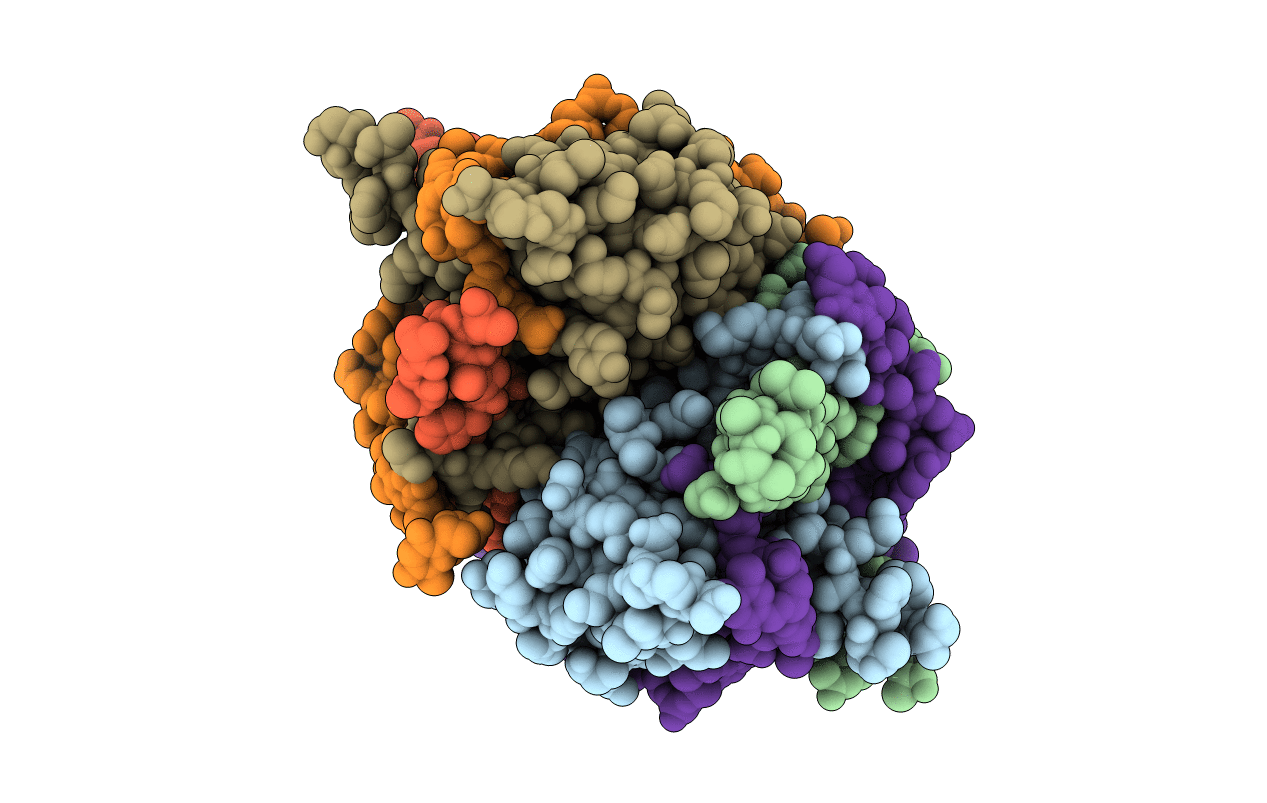
Deposition Date
2011-11-11
Release Date
2012-05-09
Last Version Date
2023-09-13
Entry Detail
Biological Source:
Source Organism:
Plasmodium falciparum (Taxon ID: 5833)
Synthetic DNA (Taxon ID: 32630)
Synthetic DNA (Taxon ID: 32630)
Host Organism:
Method Details:
Experimental Method:
Resolution:
2.10 Å
R-Value Free:
0.27
R-Value Work:
0.21
R-Value Observed:
0.22
Space Group:
C 1 2 1


